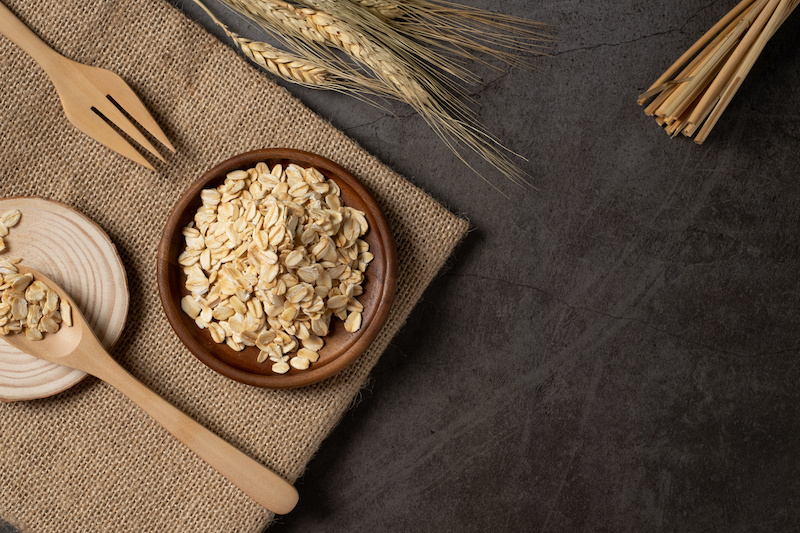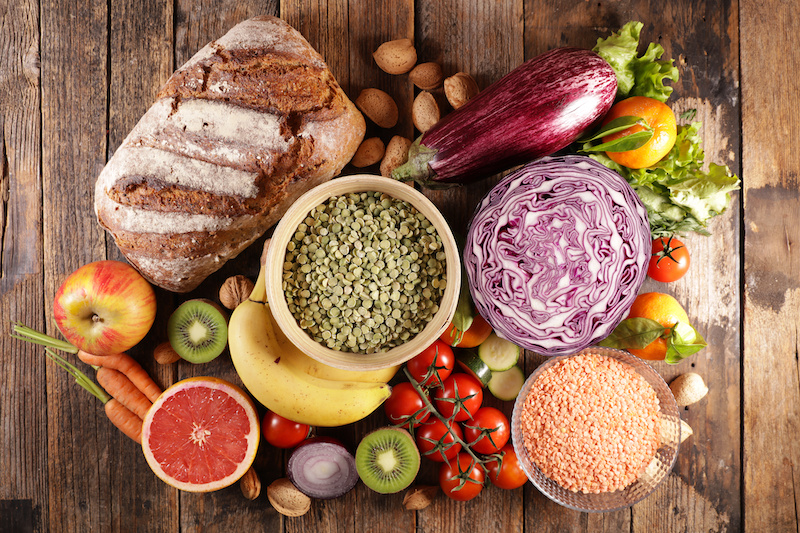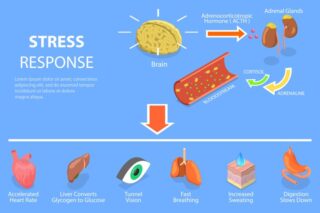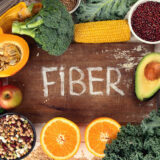The Benefits of a High-Fiber Diet for Digestive Health

Introduction
Fiber is a crucial component of a healthy diet, yet many people don’t get enough of it. A diet rich in fiber supports digestive health, aids in weight management, and reduces the risk of various chronic diseases. In this article, we’ll explore the different types of dietary fiber, its health benefits, and tips for incorporating more fiber into your meals.
Types of Dietary Fiber
Soluble Fiber:
- Soluble fiber dissolves in water to form a gel-like substance, slowing down digestion and helping regulate blood sugar levels. It’s found in foods like oats, apples, citrus fruits, and beans.
Insoluble Fiber:
- Insoluble fiber does not dissolve in water and adds bulk to stool, promoting regular bowel movements. It’s found in whole grains, nuts, seeds, and vegetables like carrots and broccoli.
Health Benefits of a High-Fiber Diet
Improves Digestive Health:
- Fiber helps move food through the digestive system, preventing constipation and promoting regular bowel movements. It also supports the growth of beneficial gut bacteria, contributing to a healthy gut microbiome.
Aids in Weight Management:
- High-fiber foods are more filling, meaning you’re likely to eat less and stay full longer. This can help reduce overall calorie intake and support weight loss or maintenance.
Lowers Cholesterol Levels:
- Soluble fiber binds with cholesterol in the digestive system, helping to lower LDL (bad) cholesterol levels and reducing the risk of heart disease.
Stabilizes Blood Sugar:
- By slowing the absorption of sugar into the bloodstream, soluble fiber helps regulate blood sugar levels, reducing the risk of type 2 diabetes.

How to Add More Fiber to Your Diet
Eat More Whole Grains:
- Replace refined grains like white bread and pasta with whole grains such as brown rice, quinoa, and whole wheat bread.
Include Fruits and Vegetables:
- Aim for at least five servings of fruits and vegetables each day. Choose fiber-rich options like apples, berries, carrots, and spinach.
Snack on Nuts and Seeds:
- Nuts and seeds, such as almonds, chia seeds, and flaxseeds, are excellent sources of fiber. They make for a healthy, fiber-packed snack.
Add Legumes:
- Incorporate beans, lentils, and chickpeas into your meals. These legumes are high in fiber and can be added to salads, soups, and stews.
Stay Hydrated:
- Fiber works best when consumed with plenty of water. Drink enough fluids to help fiber move through your digestive system smoothly.
Conclusion
A high-fiber diet offers numerous health benefits, from improving digestive health to supporting weight management and reducing the risk of chronic diseases. By making simple dietary changes, such as incorporating more whole grains, fruits, vegetables, and legumes into your meals, you can boost your fiber intake and enhance your overall health.
Summary:
- Soluble fiber slows digestion, regulates blood sugar, and lowers cholesterol, while insoluble fiber promotes regular bowel movements.
- A high-fiber diet improves digestive health, aids in weight management, and reduces the risk of heart disease and diabetes.
- Increase fiber intake by eating whole grains, fruits, vegetables, nuts, seeds, and legumes, and ensure proper hydration.

This article reviewed by Dr. Jim Liu, MD and Ms. Deb Dooley, APRN.
There’s nothing more important than our good health – that’s our principal capital asset.
#medical #telehealth #umedoc










